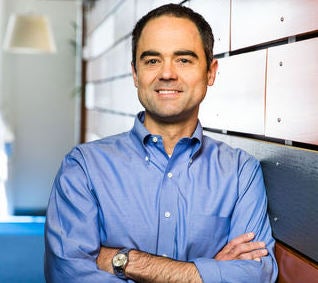
developers
-
Jul 20, 2023
4 Reasons I’m Excited to Attend DockerCon 2023
Get insider details about DockerCon 2023 from Dockerhand and former Docker Captain, Michael Irwin. Register today!
Read now
-
Jun 21, 2023
We Thank the Stack Overflow Community for Ranking Docker the #1 Most-Used Developer Tool
We’re honored to say that Stack Overflow’s community ranked Docker the #1 most-used developer tool in their 2023 survey. Thank you to all those who voted!
Read now
-
Jun 20, 2023
Full-Stack Reproducibility for AI/ML with Docker and Kaskada
Learn how Docker and Kaskada improve and accelerate the machine learning development cycle.
Read now
-
Jun 9, 2023
Unlock Docker Desktop Real-Time Insights with the Grafana Docker Extension
Explore the benefits of using the Grafana Cloud Docker Extension with Docker Desktop for enhanced observability.
Read now
-
Mar 28, 2023
Enabling a No-Code Performance Testing Platform Using the Ddosify Docker Extension
Learn about the Ddosify Docker Extension and how to use it for performance testing.
Read now
-
Feb 1, 2023
Enable No-Code Kubernetes with the harpoon Docker Extension
Find out how to use the harpoon Docker Extension to deploy Kubernetes without any code right from Docker Desktop.
Read now
-
Dec 20, 2022
Reduce Your Image Size with the Dive-In Docker Extension
Use the Dive-In Docker Extension to see how to reduce image size in an easy-to-use UI.
Read now
-
Oct 21, 2022
Developer Engagement in the Remote Work Era with RedMonk and Miva
We met with Redmonk and Miva to talk about navigating developer engagement in the remote work era. Watch the full, on-demand video for details!
Read now








